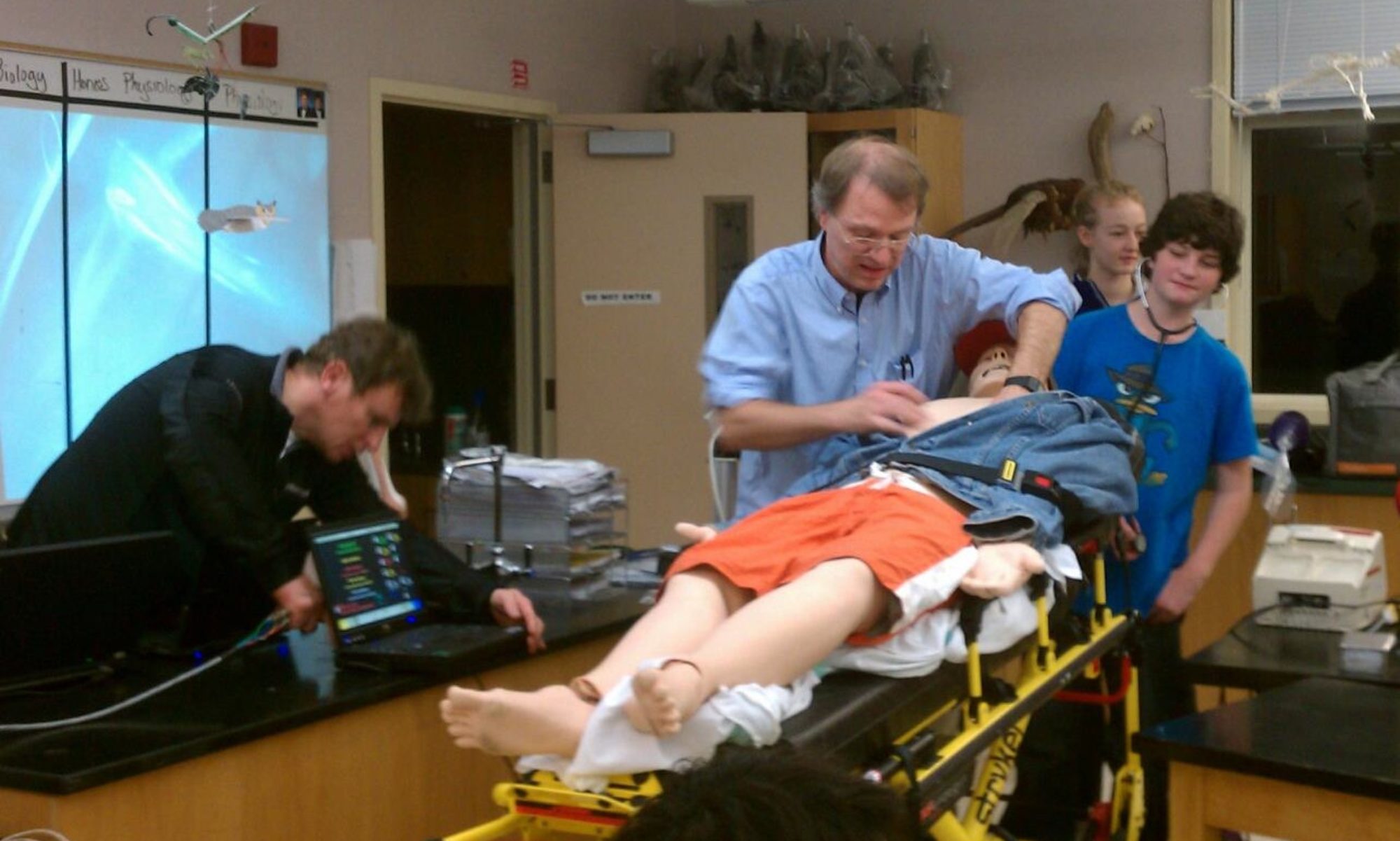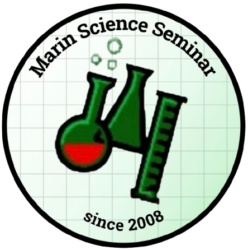with Beate Heinemann, Ph.D.
Marin Science Seminar Presentation: “The Large Hadron Collider: What it is and what we have Learned from it so far” Watch the protons fly as Dr. Heinemann returns to tell us the latest on CERN’s Large Hadron Collider and the ATLAS project. Download the flyer here, (November 16, 2011, 7:30-8:30 pm, Terra Linda HS, Room 207, San Rafael, CA)
“The field of “particle physics” tries to understand the physics of the most fundamental building blocks of matter. How many such building blocks are there? How do they relate to each other? Why are they there? Currently we do not have a good theory why we have any mass at all, even though of course we know that all matter has a mass. There are, however, many theories about why this might be and the goal of my experiment is to prove or disprove them, or to maybe find completely unexpected phenomena that will then need to be explained. One exciting possibility is that we find extra dimensions of space that could even result in the production of mini-blackholes. My experiment is called ATLAS and is situated at the “Large Hadron Collider” (abbreviated as LHC) that is located in Switzerland. There are more than 2000 physicists on my experiment, and many engineers and technicians: all of them collaborate with each other to answer some of the most basic and fundamental questions of Science today. In my talk I will describe how this experiment works and what we hope to discover there.”
Dr. Heinemann is Associate Professor of Physics at UC-Berkeley.












